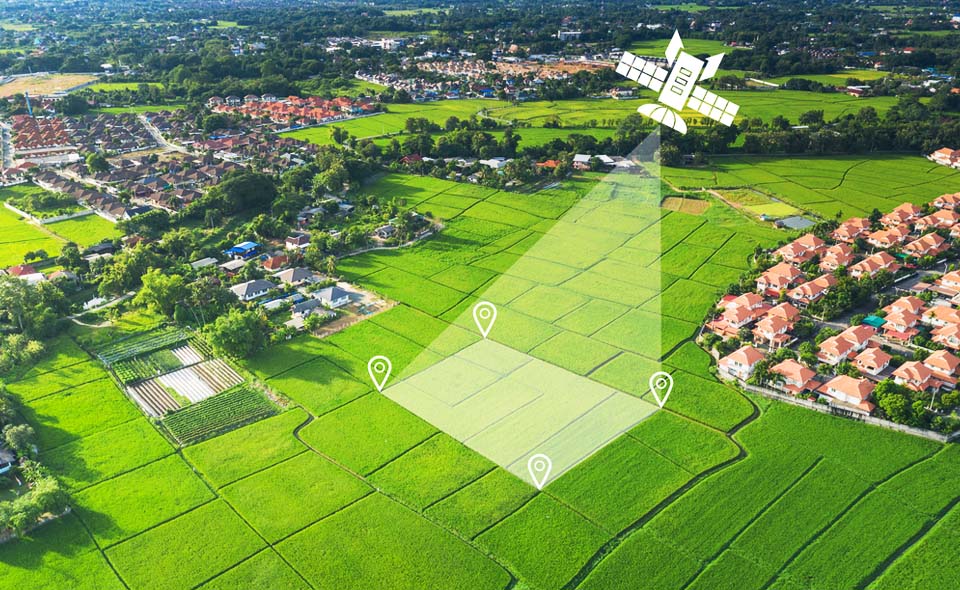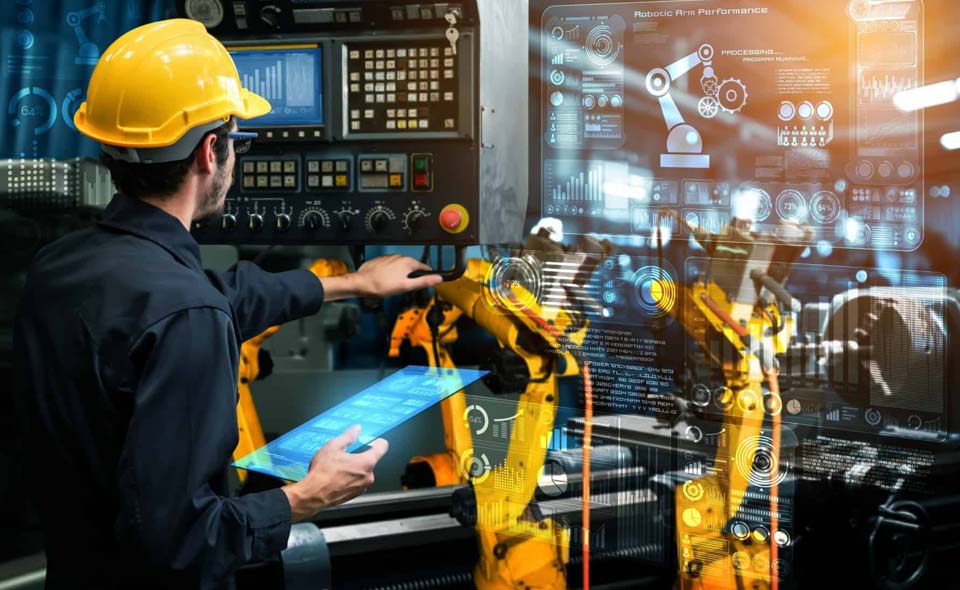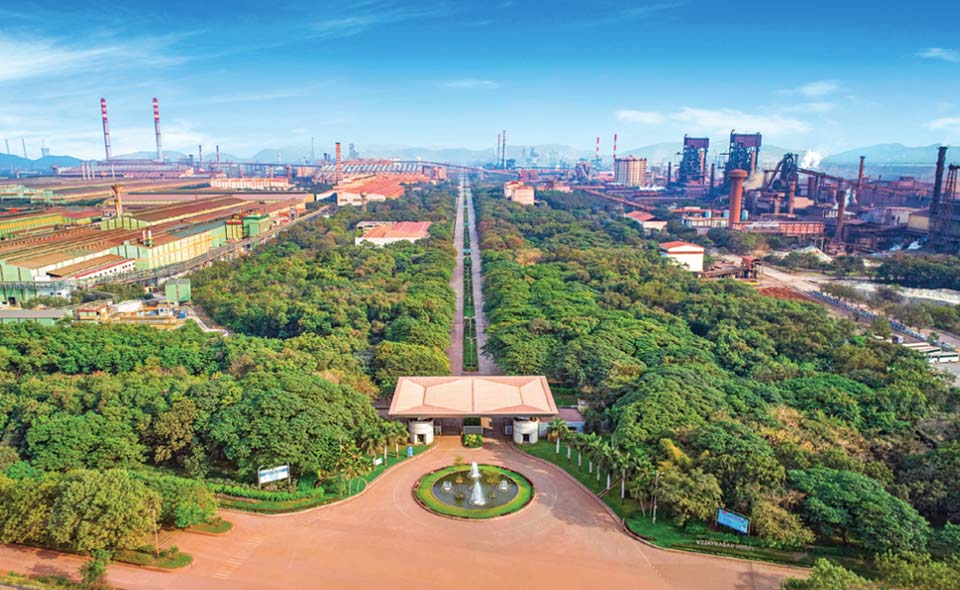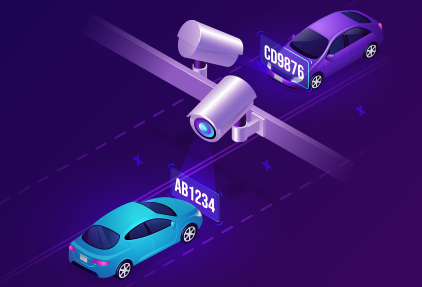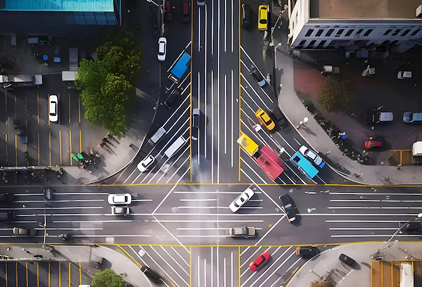Industries such as steel, power, mining, cement and other metals rely on clear, up‑to‑date land
information to secure permits, manage assets and avoid costly disputes. Traditional
paper‑based ledgers can slow approvals and obscure site boundaries, risking project delays
and compliance headaches.
By harnessing GIS‑based land‑records monitoring, heavy‑industry players can digitise parcel
data, track changes in real time and empower stakeholders with transparent, interactive maps.
Below, we explore how this transformation unfolds, the core technologies involved and the
tangible benefits for your sector.
Key Benefits for Industrial Sectors
Land monitoring systems offer extensive advantages that directly impact industrial operations
and long-term profitability. Companies implementing these systems report significant
improvements in several critical areas:
● Accurate digital records of all land holdings and industrial facilities
● Real-time monitoring of boundaries, preventing encroachment and disputes
● Streamlined compliance with environmental and zoning regulations
GIS‑driven land acquisition streamlines parcel identification, title verification, and stakeholder
negotiations with geospatial insights, automating permit workflows and due diligence checks,
reducing legal risks and accelerating project kick‑off
Strategic decision-making becomes more precise and data-driven when operations have access
to comprehensive spatial information:
● Comprehensive spatial view of industrial operations and surrounding areas
● Better planning for expansions, resource management, and infrastructure development
● Simplified due diligence for new acquisitions or development projects
Essential Technology Components
Modern industrial facilities require sophisticated technological infrastructure to effectively
manage land assets and maintain operational compliance. These integrated systems form the
backbone of efficient land management practices that promote both productivity and regulatory
adherence.
● GNSS-enabled surveys coupled with satellite and drone imagery create constantly
updated records that reflect actual ground conditions.
● Automatic detection of unauthorised land use or construction
● Early identification of potential environmental issues
● Complete audit trails for regulatory reporting and compliance
● Offline data capture in remote industrial sites
● Real-time collaboration between survey teams and headquarters
● On-site verification of boundaries during inspections or audits
● Immediate reporting of discrepancies with geo-tagged evidence
● Role-based access control for different departments and contractors
● Seamless integration with enterprise resource planning systems
Industry-Specific Applications
Advanced land management systems provide tailored solutions for various industrial sectors,
delivering specialised functionality that addresses unique operational requirements and
compliance challenges.
Mining Operations
Mining companies face unique challenges in managing extraction boundaries, reclamation
requirements, and resource planning across extensive land holdings:
● Precise monitoring of extraction boundaries and reclamation progress
● Documentation of pre-mining conditions for compliance reporting
● Integration with production data for resource management
Steel & Manufacturing
Steel producers and manufacturers must optimise facility layout while managing complex
environmental compliance requirements:
● Comprehensive facility mapping connected to ownership records
● Monitoring of buffer zones and environmental compliance areas
● Streamlined land acquisition for expansion projects
Power Generation
Energy companies manage extensive networks of generation facilities and transmission
infrastructure across diverse terrains:
● Corridor management for transmission infrastructure
● Site selection optimisation for new generation facilities
● Regulatory compliance for right-of-way maintenance
Cement & Construction
Construction material producers balance resource extraction, production facilities, and
distribution networks:
● Quarry boundary monitoring and volume calculations
● Supply chain optimisation through spatial analysis
● Better management of distributed production facilities
Implementation Strategy
Industrial land record modernisation is most successful when implemented in phases:
- Digitise critical operational areas and high-value assets first
- Integrate with existing enterprise systems and workflows
- Expand to cover all land assets and regulatory requirements
- Leverage advanced analytics for predictive insights
Conclusion
For industrial operations, GIS-based land records monitoring isn’t merely administrative—it’s a
strategic asset that enhances operational efficiency, ensures compliance, and protects valuable
land resources. By embracing these technologies with a focus on practical business outcomes,
industrial leaders can transform land management from a challenge into a competitive
advantage.





